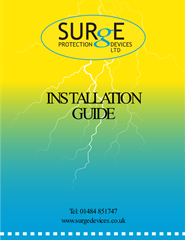Hi, after completing an EICR, should the lack of an SPD on a perfectly otherwise adequate board be classed as C2 or C3?
Also are SPD's required for any new circuit or only required when changing a fuseboard or for any circumstances where the SPD would be required to further protect any vulnerable equipment?
